Road Base: What It Is & Why It Matters
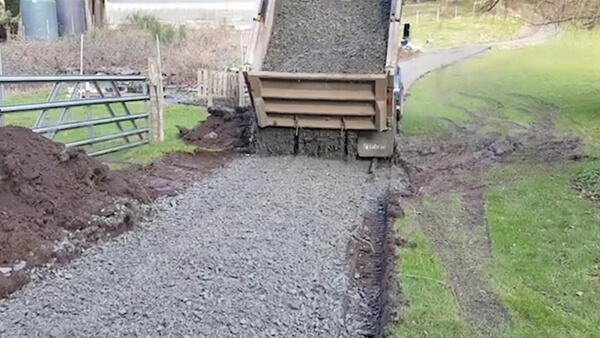
Road base forms an essential element for constructing roads and driveways. It functions as a base that provides lasting support and stability. The foundation supports the pavement through its structure. the structure also ensures durability along with stability.
The success of any paved surface depends on creating a proper road base. Highways, driveways and parking lots perform better through proper installation of road bases. A pavement layer needs a solid base which the road base serves to provide. Proper distribution of heavy loads occurs due to road base. It protects pavements from premature damage.
Installing and choosing an appropriate road base leads to reduced maintenance expenses. Improvements in road safety are a basic outcome of appropriate road base selection.
Contents
Road Base Composition
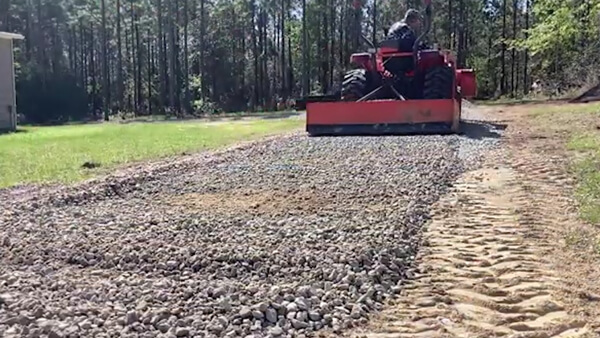
Before going in-depth, first we will understand that what the road base is composed of.
Materials Used in Road Base
The road base consists of various materials. Material choices depend upon the project requirements and environmental conditions. Common materials include:
- Crushed Stone: It provides excellent strength and stability. Crushed stone is common in pavements that are prone to high loading. It provides interlocking and resists movement. That’s why it is suitable for heavy loads.
- Gravel: It offers good drainage and affordability. Gravels are easy to install and also cost-effective. Hence, these are often used on rural roads and temporary access paths.
- Crushed Concrete: Crushed concrete is a sustainable choice. It is a cost-effective and eco-friendly that utilizes reclaimed materials, reducing landfill waste. Moreover, it maintains strong load-bearing properties.
- Asphalt Millings: This road-based material is ideal for repurposing old materials. It helps in minimizing the construction waste. Moreover, asphalt milling provides a strong base for new pavement layers.
- Recycled Materials: Recycled materials includes crushed concrete and bricks. These are always sustainable and cost-efficient. Recycled materials help reduce environmental impact while maintaining necessary strength and durability.
- Cement-Treated Base (CTB): The CTB is enhanced with cement for increased durability. CTB provides additional strength and resistance to water damage. Hence, it makes it ideal for heavy traffic areas.
Performance and Durability Considerations
Load bearing capacity is different according to the material used in the road base. Similarly, the drainage properties and resistance to weather resistance are also impacted. So, choosing the suitable mix can ensure the performance and longevity of the pavement. Materials with high compaction and interlocking improve the properties of the road base. These properties include road base stability, shift prevention, and settlement. However, environmental factors i.e., rainfall, etc., also contribute towards the durability. Conclusively, adequate drainage and compaction extends the pavement life.
Key Functions and Benefits of Road Base
Now let’s discuss some of the key functions and the prominent benefits of road base. Such as:
- The road base provides a strong foundation and structural support, preventing pavement failure. Without a soil base, roads can experience premature cracking and deformation.
- Load distribution becomes more even with the road base. It further leads to a reduction in surface cracking. It is particularly crucial for high-traffic areas and heavy vehicle utilization.
- Road base helps in drainage and water management. It prevents water retention and erosion. Furthermore, the proper drainage system can assist in mitigating water damage. Sloped surfaces and porous materials are some of the elements of this system.
- The lifespan and durability increase with the road base. A strong base reduces the need for frequent repairs and cuts the maintenance cost.
- The base is more affordable than asphalt or concrete alone. It minimizes the extensive pavement layers and makes construction economical.
Road Base vs. Other Base Materials

Let us compare the road base with the available materials. Here are some of the most commonly used construction materials which can be compared.
Road Base vs. Gravel
As the road base includes the finer particles, they bind together for better stability, making it more suitable for long-term applications.
When it comes to gravels, it allows more movement and hence requires more maintenance. That’s why it is ideal for pavements facing low-traffic paths and are temporary.
Road Base vs. Asphalt
While comparing asphalt with the road base, we can differentiate as:
The road base is unbound and offers flexibility, while the asphalt forms a rigid surface. The rigid surface may crack under extreme weather conditions.
Similarly, UV exposure and water infiltration cause degradation. The asphalt requires sealing and frequent maintenance to prevent degradation.
Road Base vs. Concrete
Although concrete is a strong and durable construction material, it is costly too. It requires professional installation and a longer curing duration.
Road base is an economical as well as an alternative solution with sufficient support. That’s why it is ideal for driveways and secondary roads.
Natural vs. Recycled Road Base
Undoubtedly, recycled materials are not only cost-effective but also sustainable and eco-friendly. These materials reduce the environmental impact and costs. Moreover, recycled material maintains adequate strength in roads.
Natural aggregates provide higher strength, but the cost is also high. That’s why these materials become favourable for major highways and heavy-load areas.
Types of Road Bases and Their Applications
Backfills are usually compacted up to 25% of the fill volume. And the other hand, excavated materials are expected to expand up to 25% in volume when loaded for transport. To get the fill volume, you must multiply the actu
Although we have discussed the road base and the suitable materials in detail above. Now, we will explore the adequacy of road bases for different applications. For this purpose, there are some classes of road base such as Class 1, Class 2, recycled and CTB. Let us step ahead.
Class 1 Road Base
Class 1 consists of high-quality crushed stones or rocks. It has applications as follows:
- Useful for highways and heavy traffic areas. Because durability is essential in these areas.
- It provides superior load-bearing capacity and long-term stability.
Class 2 Road Base
Granular material lies in the class 2 category and it is less-compacted material than class 1. These materials are applicable for the following purposes.
- It is suitable for driveways and light commercial use.
- Class 2 offers good stability and drainage.
Recycled Road Base
Recycled materials are cost-effective and eco-friendly road-based. These are:
- Good option for projects with sustainability goals.
- Commonly used in residential driveways and temporary roadways.
CTB – Cement Treated Base
As of its name, adding cement to road base material turns it into a cement-treated base material. It gives the following benefits.
- CTB improves the structural capacity of the road to a strong load-bearing base.
- This layer effectively distributes the load across the subgrade. Moreover, this layer extends the service life of the road and minimizes the risk of deformation.
- CTB road base is erosion resistant and prevents water retention, freeze and thaw cycles. It is a durable option for various environmental conditions. Hence, it reduces the frequency of maintenance work.
- The CTB provides a cost-effective solution for road construction. The initial investment in CTB can result in significant long-term savings.
al volume to be filled by 1.25.
Choosing the Right Road Base for Your Project
It is essential to choose a road base for better road construction and stability. Here are some factors that you must consider such as:
- Climate: Material performance can be affected by climatic conditions. So, material with low water retention are preferable in frost-prone areas. It prevents heaving inroads.
- Soil Conditions: Subgrade stability influences base selection in roads. Weak soils may need more stabilization techniques.
- Traffic Load: Heavy vehicles require stronger materials and thicker base layers.
- Budget Constraints: Suitable material should be affordable and of good quality. So, choosing such materials gives long-term cost savings.
- Material Availability: Locally sourced materials reduce transportation costs and environmental impact.
How to install road base – A step-wise guide
Now let us go through the procedure for installing the road base.
Prepare the site
- While installing the road base, the first step is to prepare the site. Clean the debris and assess the soil conditions for a stable subgrade.
- Level the subgrade by grading to create a uniform base layer.
Lay the Base Material
- After removing debris and site preparation, spread the road base material evenly.
- It will ensure the proper thickness based on the expected traffic roads. For additional stability, layers may be needed.
Compaction Process
During the process of layering, it is essential to compact each layer before adding the next one. So, compact the base by using a roller or vibrating compactor to prevent soil settlement. Achieve 95% compaction by compacting each layer before laying the next one.
Water Binding
- Sprinkle water over each layer during compaction, because:
- Moisture helps achieve proper compaction. It provides binding to the soil particles by reducing void spaces. However, excess water can lead to oversaturation, so it is better to avoid it.
Final Grading
- After compaction with moisture, the next and final step is to level the surface. It is to ensure smoothness and proper drainage, preventing water pooling.
Maintenance and Longevity of Road Base
Proper maintenance is necessary to maintain the surface and the performance of the road base. In this regard, we have addressed the potential common issues with the solution here.
Common Issues and Solutions:
Ruts and Depressions: Regular grading prevents uneven surfaces and ensures even wear. With time, the traffic loads can produce depressions in the road base. It leads to water pooling and instability of the surface. However, periodic regrading along with the additional fresh material can restore the surface.
Dust Control: While laying the road base material, it is probable to have dust. A road base while being dry can generate dust. It not only affects visibility but also degrades air quality. So, watering or dust suppressants are remedies for reducing airborne particles. It also improves the road visibility. Moreover, binding agents can mitigate the issue and maintain the dust-free surface.
Cracks and Erosion: Repair cracks on time and prevent erosion to protect the road base and extend its life span. Water infiltration with heavy traffic causes the erosion of the base. Moreover, the base faces destabilization and loses the fine particles due to infiltration. So, a fresh aggregate layer and reinforcement with additional compaction can prevent erosion.
Cost Analysis
Road Base vs. Other Paving Solutions
Economical solutions are always popular in the construction industry. It is preferable to go for cost-efficient yet premium quality, especially for highways. However, cost savings depend on material selection and project scale. Likewise, road base is significantly cheaper than asphalt and concrete. Hence, it is ideal for budget-conscious projects.
Long-Term Value
As road-based material requires lower maintenance costs, it is affordable. Although, for maximizing the return on investment proper installation is the key. This article is a guide with an in-depth understanding of the road base, its benefits and best installation practices.
Frequently Asked Questions (FAQ)
How thick should a road base layer be?
The recommended thickness depends on the intended use. A 4-6 inch base is sufficient for driveways, whereas roads require 8-12 inches for optimal stability.
Can you install a road base yourself?
Yes, but it requires proper site preparation, grading, and compaction. Long-lasting and properly compacted base can be ensured if done by professionals.
What is the best type of road base for a driveway?
Crushed stones and recycled materials are the best choice for driveways. It is cost-effective as well as the most durable material.
How long does a road base driveway last?
If properly maintained, a road base driveway can last up to 10-30 years. However, it also depends upon the traffic load and environmental conditions.
Is road base good for drainage?
Road base allows it to filter through, reduce erosion, and prevent water accumulation. It is useful for drainage.























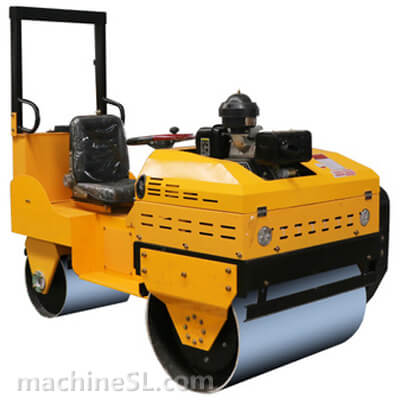



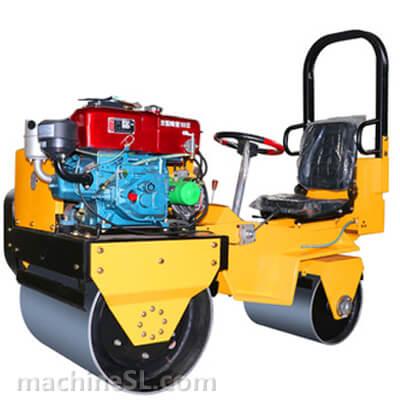



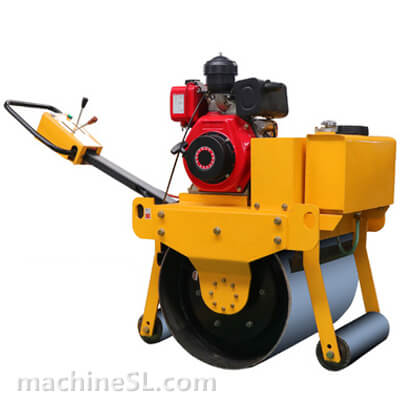






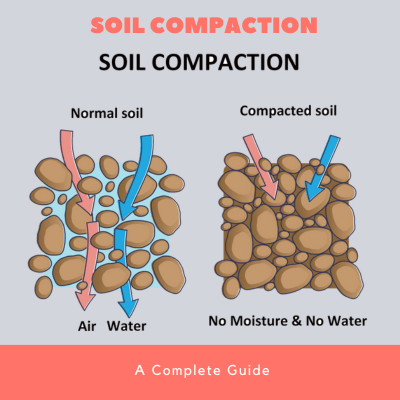

Leave A Comment